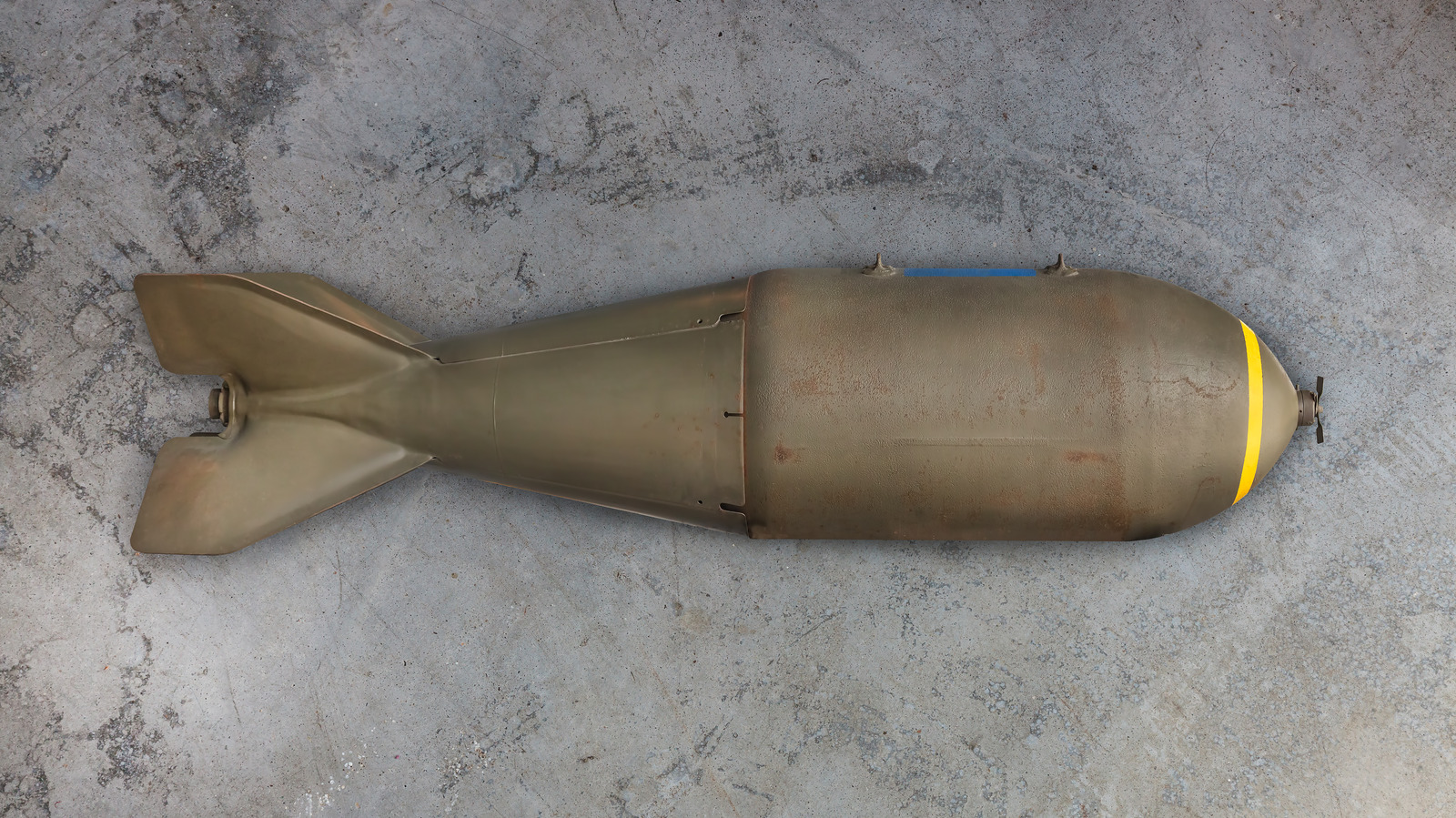How to Manage Tcl Objects with Reference Counting in C?
In the world of Tcl embedded in C, managing Tcl objects correctly is essential for preventing memory leaks and ensuring efficient memory usage. Proper reference counting is a fundamental part of Tcl's memory management strategy. This article will guide you through the use of Tcl_IncrRefCount and Tcl_DecrRefCount with examples, specifically focusing on the scenarios you've mentioned. Understanding Tcl Objects and Reference Counting Tcl uses reference counting to manage memory for its objects, which helps to keep track of how many references exist to a particular object. When you create new objects like Tcl_Obj, it’s crucial to manage these references properly; otherwise, you might end up with memory leaks or dangling pointers. For your two cases, you need to understand when to increment and decrement the reference counts on Tcl objects: Case 1: Creating an Empty List Object Tcl_Obj *innerObj = NULL; innerObj = Tcl_NewListObj(0, NULL); When you create a new list object with Tcl_NewListObj, the newly created object has a reference count of 1. This means you are the owner of this object. If you wish to keep a reference to this object for later use, it’s good practice to increment the reference count to avoid the object being automatically freed when it's no longer reachable. Here’s how to properly manage this: Tcl_IncrRefCount(innerObj); // Now you can safely use innerObj later. After you are done using innerObj, remember to decrease the reference count: Tcl_DecrRefCount(innerObj); This will decrement the count, and if it reaches zero, Tcl will free the memory. Case 2: Creating a New String Object Tcl_Obj* dataObj = Tcl_NewStringObj("test", 4); Similar to the list object, when you create the string object, the reference count is also initialized to 1. If you plan to keep using the dataObj, increment its reference count as well: Tcl_IncrRefCount(dataObj); // Use dataObj as needed After you are done with dataObj, call: Tcl_DecrRefCount(dataObj); This ensures that memory allocated for the dataObj is properly released when it is no longer in use. When Not to Use Reference Counting It is important to note that you should only increment and decrement the reference count if you are the owner of the object or are copying it. If Tcl returns a pointer to an object that you do not own, you should not modify its reference count. For example, if you get a Tcl object from a command return type, you typically shouldn't call Tcl_IncrRefCount on that unless you plan to take ownership of it. Conclusion In summary, when working with Tcl objects in C, using Tcl_IncrRefCount and Tcl_DecrRefCount is crucial for effective memory management. For the two cases you mentioned: yes, you should use both functions to manage the lifecycle of your Tcl objects appropriately. Frequently Asked Questions (FAQ) What happens if I forget to decrement the reference count? If you forget to call Tcl_DecrRefCount, the object will not be freed, leading to memory leaks over time, which can exhaust your program's memory resources. Can I call Tcl_DecrRefCount multiple times? You should only call it as many times as you called Tcl_IncrRefCount. If the reference count drops to zero, the memory will be freed. Calling it more times than you incremented it can lead to undefined behavior. Are there any performance impacts of reference counting? Yes, reference counting can introduce a minor overhead due to the need to update counts each time an object is referenced or dereferenced, but it is usually negligible compared to the advantages of managing memory effectively.

In the world of Tcl embedded in C, managing Tcl objects correctly is essential for preventing memory leaks and ensuring efficient memory usage. Proper reference counting is a fundamental part of Tcl's memory management strategy. This article will guide you through the use of Tcl_IncrRefCount and Tcl_DecrRefCount with examples, specifically focusing on the scenarios you've mentioned.
Understanding Tcl Objects and Reference Counting
Tcl uses reference counting to manage memory for its objects, which helps to keep track of how many references exist to a particular object. When you create new objects like Tcl_Obj, it’s crucial to manage these references properly; otherwise, you might end up with memory leaks or dangling pointers.
For your two cases, you need to understand when to increment and decrement the reference counts on Tcl objects:
Case 1: Creating an Empty List Object
Tcl_Obj *innerObj = NULL;
innerObj = Tcl_NewListObj(0, NULL);
When you create a new list object with Tcl_NewListObj, the newly created object has a reference count of 1. This means you are the owner of this object.
If you wish to keep a reference to this object for later use, it’s good practice to increment the reference count to avoid the object being automatically freed when it's no longer reachable. Here’s how to properly manage this:
Tcl_IncrRefCount(innerObj);
// Now you can safely use innerObj later.
After you are done using innerObj, remember to decrease the reference count:
Tcl_DecrRefCount(innerObj);
This will decrement the count, and if it reaches zero, Tcl will free the memory.
Case 2: Creating a New String Object
Tcl_Obj* dataObj = Tcl_NewStringObj("test", 4);
Similar to the list object, when you create the string object, the reference count is also initialized to 1. If you plan to keep using the dataObj, increment its reference count as well:
Tcl_IncrRefCount(dataObj);
// Use dataObj as needed
After you are done with dataObj, call:
Tcl_DecrRefCount(dataObj);
This ensures that memory allocated for the dataObj is properly released when it is no longer in use.
When Not to Use Reference Counting
It is important to note that you should only increment and decrement the reference count if you are the owner of the object or are copying it. If Tcl returns a pointer to an object that you do not own, you should not modify its reference count. For example, if you get a Tcl object from a command return type, you typically shouldn't call Tcl_IncrRefCount on that unless you plan to take ownership of it.
Conclusion
In summary, when working with Tcl objects in C, using Tcl_IncrRefCount and Tcl_DecrRefCount is crucial for effective memory management. For the two cases you mentioned: yes, you should use both functions to manage the lifecycle of your Tcl objects appropriately.
Frequently Asked Questions (FAQ)
What happens if I forget to decrement the reference count?
If you forget to call Tcl_DecrRefCount, the object will not be freed, leading to memory leaks over time, which can exhaust your program's memory resources.
Can I call Tcl_DecrRefCount multiple times?
You should only call it as many times as you called Tcl_IncrRefCount. If the reference count drops to zero, the memory will be freed. Calling it more times than you incremented it can lead to undefined behavior.
Are there any performance impacts of reference counting?
Yes, reference counting can introduce a minor overhead due to the need to update counts each time an object is referenced or dereferenced, but it is usually negligible compared to the advantages of managing memory effectively.

_Sergey_Tarasov_Alamy.jpg?width=1280&auto=webp&quality=80&disable=upscale#)






































































![Apple Shares Official Trailer for 'Stick' Starring Owen Wilson [Video]](https://www.iclarified.com/images/news/97264/97264/97264-640.jpg)


![Beats Studio Pro Wireless Headphones Now Just $169.95 - Save 51%! [Deal]](https://www.iclarified.com/images/news/97258/97258/97258-640.jpg)














































































































 Evolved as a Predominant Framework for Ransomware Attacks.webp?#)

























































































































![[The AI Show Episode 146]: Rise of “AI-First” Companies, AI Job Disruption, GPT-4o Update Gets Rolled Back, How Big Consulting Firms Use AI, and Meta AI App](https://www.marketingaiinstitute.com/hubfs/ep%20146%20cover.png)


































































































































































![[DEALS] The Premium Python Programming PCEP Certification Prep Bundle (67% off) & Other Deals Up To 98% Off – Offers End Soon!](https://www.javacodegeeks.com/wp-content/uploads/2012/12/jcg-logo.jpg)
























-Mafia-The-Old-Country---The-Initiation-Trailer-00-00-54.png?width=1920&height=1920&fit=bounds&quality=70&format=jpg&auto=webp#)


-Nintendo-Switch-2---Reveal-Trailer-00-01-52.png?width=1920&height=1920&fit=bounds&quality=70&format=jpg&auto=webp#)

































































